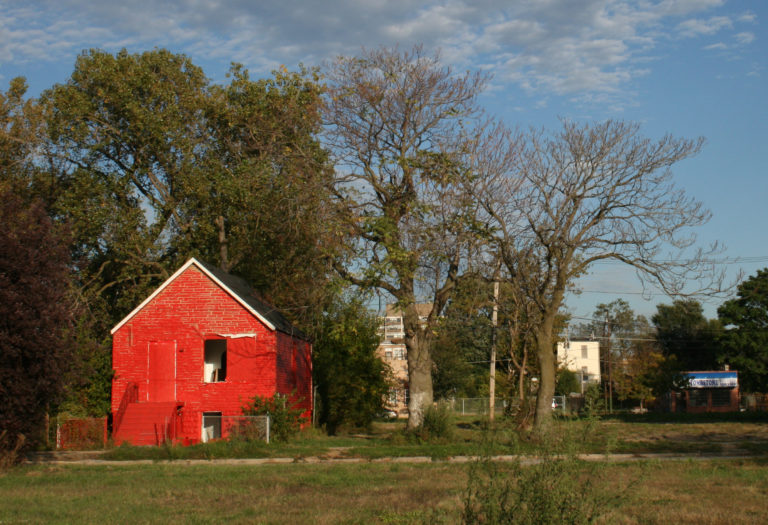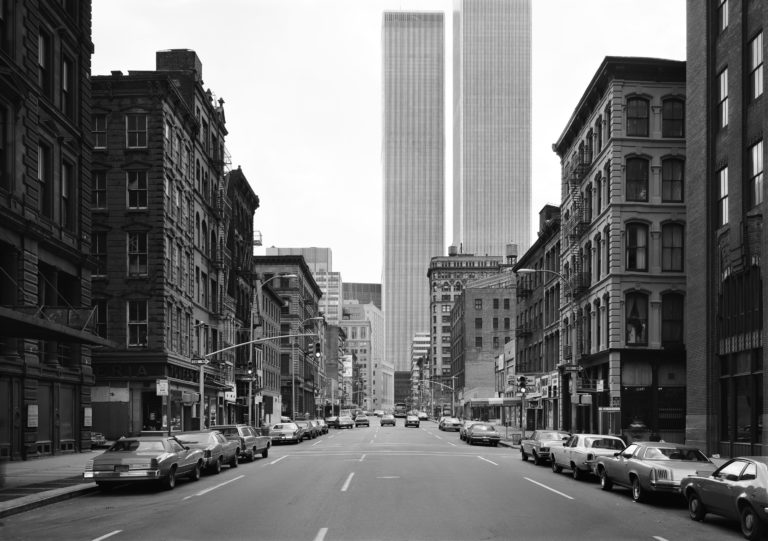
Painting as Urban Archeology
Although my critical practice has not been as deeply engaged with painting as other disciplines (albeit with some exceptions), I’ve been thinking a lot lately about its political potential outside of such lineages as History Painting (whether Delacroix or Kerry James Marshall) or the modern mural movement. Thus, I’ve been looking at painting projects that directly intervene into the contemporary social landscape – rather than represent it – performing an urban archeology that acts as a catalyst for change, while reinvesting the medium with political meaning.

The City Lost and Found
At a time when my own thoughts about what role art and artists play in meeting the challenges of contemporary urban life have been reawakened, the exhibition “City Lost & Found: Capturing New York, Chicago and Los Angeles, 1960-1980,” recently on view at the Art Institute of Chicago and now at the Princeton University Art Museum, seemed rather fortunate. This seminal piece of scholarship (curated by Katherine A. Bussard, Alison Fisher and Greg Foster-Rice) gathered images and documentary materials by artists, journalists, filmmakers, architects, and urban planners that together showed the convergence of creative ideas and urban practices that sought to transform these American cities during the political years of the sixties and seventies.